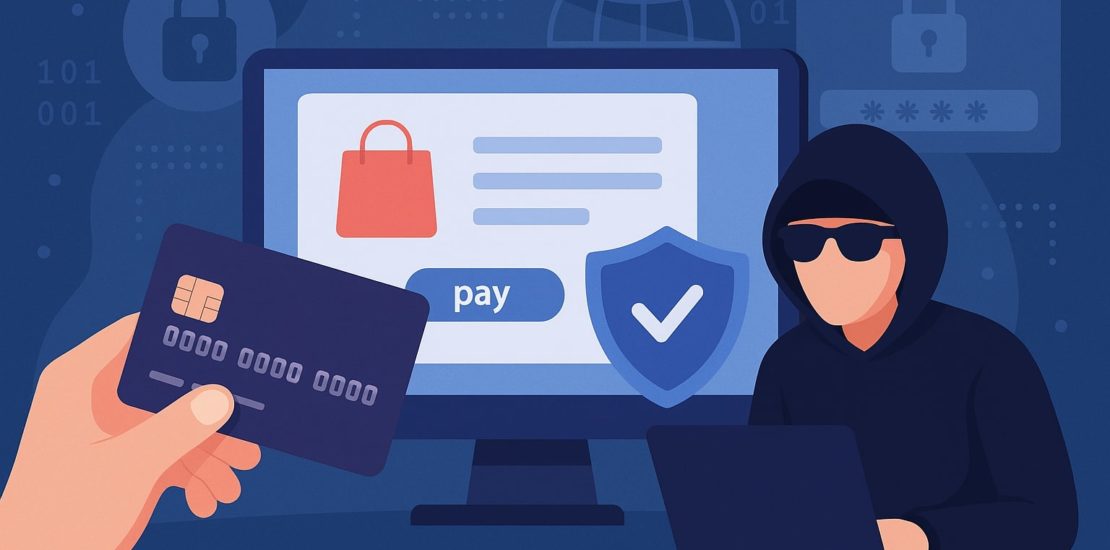How to Detect & Prevent Card-Not-Present (CNP) Fraud Using PCI 3DS
- June 25, 2025
- Posted by: Gradeon
- Category: Compliance

Card-not-present (CNP) fraud is rising fast, especially in online payments. For UK businesses, especially those operating in London, securing online transactions is now more critical than ever. PCI 3D Secure (PCI 3DS) offers a strong defence against CNP fraud by adding an extra layer of security during cardholder authentication.
In this guide, we’ll walk you through how PCI 3DS works, how it detects CNP fraud, and how to use it effectively to protect your customers and business.
What Is Card-Not-Present (CNP) Fraud?
CNP fraud happens when a transaction is made without physically presenting the card. It usually occurs online or over the phone. Since no physical card is involved, it’s easier for fraudsters to use stolen card information.
Common examples of CNP fraud:
- Online shopping using stolen credit/debit card numbers.
- Subscription signups with fake cardholder details.
- In-app payments without real user authentication.
For e-commerce businesses and financial institutions in the UK, CNP fraud can lead to chargebacks, financial losses, and damaged brand trust.
What Is PCI 3D Secure (PCI 3DS)?
PCI 3DS, also known as 3D Secure, is a security protocol designed by EMVCo to reduce fraud in online card payments. The “3D” stands for three domains involved:
- Issuer domain – the bank that issued the card.
- Acquirer domain – the bank or merchant receiving the payment.
- Interoperability domain – the payment infrastructure (e.g., Visa, Mastercard).
PCI 3DS helps businesses verify if the person making the online transaction is the real cardholder, using tools like OTPs (one-time passwords), biometrics, or device fingerprinting.
How PCI 3DS Detects CNP Fraud
1. Real-Time Authentication
When a customer enters their card details, PCI 3DS triggers an authentication step before processing the payment. This real-time check ensures that the transaction is not coming from a fraudster.
2. Risk-Based Analysis
Advanced PCI 3DS solutions use machine learning and behaviour analysis. They review user behaviour (like device type, location, transaction value) to detect suspicious patterns.
For example:
If a user typically shops from London, and suddenly there’s a transaction from a foreign IP address, the system can flag or block it.
3. Secure Tokenisation
Instead of transferring raw card data, PCI 3DS uses tokenisation. Tokens are one-time codes that represent card information without exposing it, making it harder for hackers to use stolen data.
How to Prevent CNP Fraud Using PCI 3DS
1. Enable 3DS on All Online Transactions
If you run an e-commerce website or handle card payments online, enable PCI 3DS across all payment channels. Major card networks like Visa (Verified by Visa) and Mastercard (Mastercard Identity Check) already support it.
2. Work with PCI-Compliant Payment Gateways
Choose a payment processor that supports PCI DSS and PCI 3DS protocols. Make sure they have fraud detection tools integrated. This ensures your customer data stays safe and meets global security standards.
3. Educate Customers About 3D Secure
Let your customers know that the extra authentication step protects their data. Display trust badges and short messages during checkout to build confidence.
4. Use Adaptive Authentication
For returning customers or low-risk transactions, use frictionless authentication. It keeps the checkout smooth without compromising security.
Example:
A repeat customer from the UK, using the same device and card, could skip OTP verification if the system finds no red flags.
Benefits of PCI 3DS for Businesses
Reduced Chargebacks
By authenticating users before a transaction, PCI 3DS shifts liability from the merchant to the card issuer in most cases.
Improved Customer Trust
Customers feel safer shopping when they know extra steps are taken to protect their payment information.
Compliance with PCI DSS Standards
Using PCI 3DS helps your business align with PCI DSS compliance requirements — a must for any company that stores, processes, or transmits cardholder data.
PCI 3DS for UK Businesses
For businesses in London and across the UK, adopting PCI 3DS is no longer optional. With the surge in digital payments post-pandemic and evolving fraud tactics, implementing PCI 3DS is now a key part of secure payment strategies.
Additionally, UK regulators and financial bodies are encouraging strong customer authentication (SCA) under the PSD2 regulation, making PCI 3DS a preferred method.
Final Thoughts
Card-not-present fraud is a real and growing threat, but with PCI 3D Secure, businesses can fight back. By adding strong authentication, using secure payment gateways, and educating users, you reduce your fraud risk and improve customer trust.
Whether you’re running an online store, a digital platform, or managing financial services in the UK, now is the time to embrace PCI 3DS.
